RPA, or robotic process automation, is the next big thing in the world today. Did you ever use a Power Automate that eases a few mundane tasks? Don’t get confused with the word robotic, as it doesn’t deal with physical robots. RPA is simply a process that uses Artificial intelligence and machine learning capabilities to form software that simplifies a lot of human work. It is a part of the digital transformation that applies to numerous sectors like banking, business, purchase, SCM, IT, healthcare, etc.
This growing field is expected to reach $16 billion by 2025. Let’s find out its significance.
How to get started with RPA?
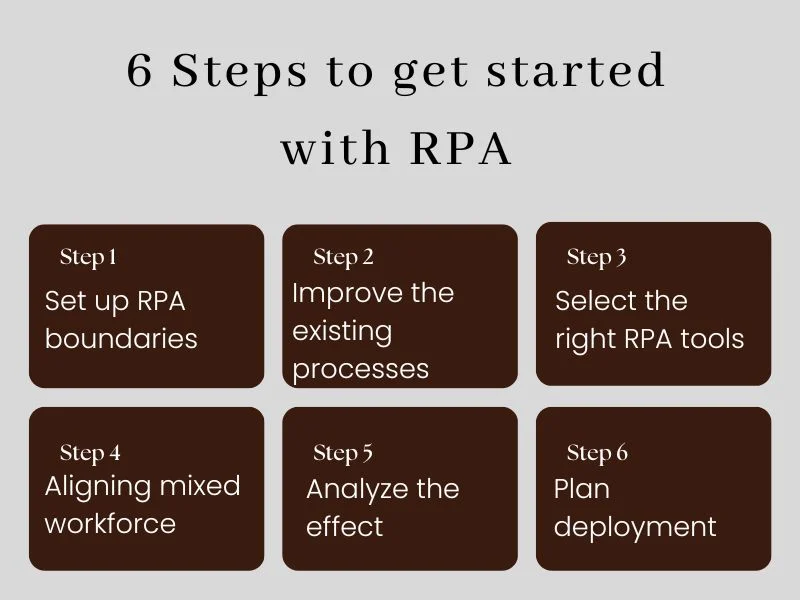
Set up robotic process automation boundaries
It is the first step that focuses on identifying repetitive tasks. The jobs or processes should be suitable enough to get automated. Find out if they are ready to go or if there are any adjustments to make. It requires a complete understanding of the process, specifying automation goals, and building the necessary framework.
Improve the existing processes
You can use feasibility assessment or performance improvement metrics to improve the existing processes. It helps in avoiding any inconsistencies and unnecessary bugs. This will optimize the whole activity.
Select the right RPA tools
There are several robotic process automation tools to choose from UiPath, Blue Prism, Automation Anywhere, etc. Select any of such already available solutions or create the one suitable for your requirements. List out the KPIs (key performance indicators) to monitor the productivity of the bot (RPA software or tool). It can include quality, pace, reliability, agility, etc.
Aligning virtual and real workforce
Calculate the required control span. Specify the man-to-machine ratio, a term that refers to the ratio of total worker capacity to the number of bots.
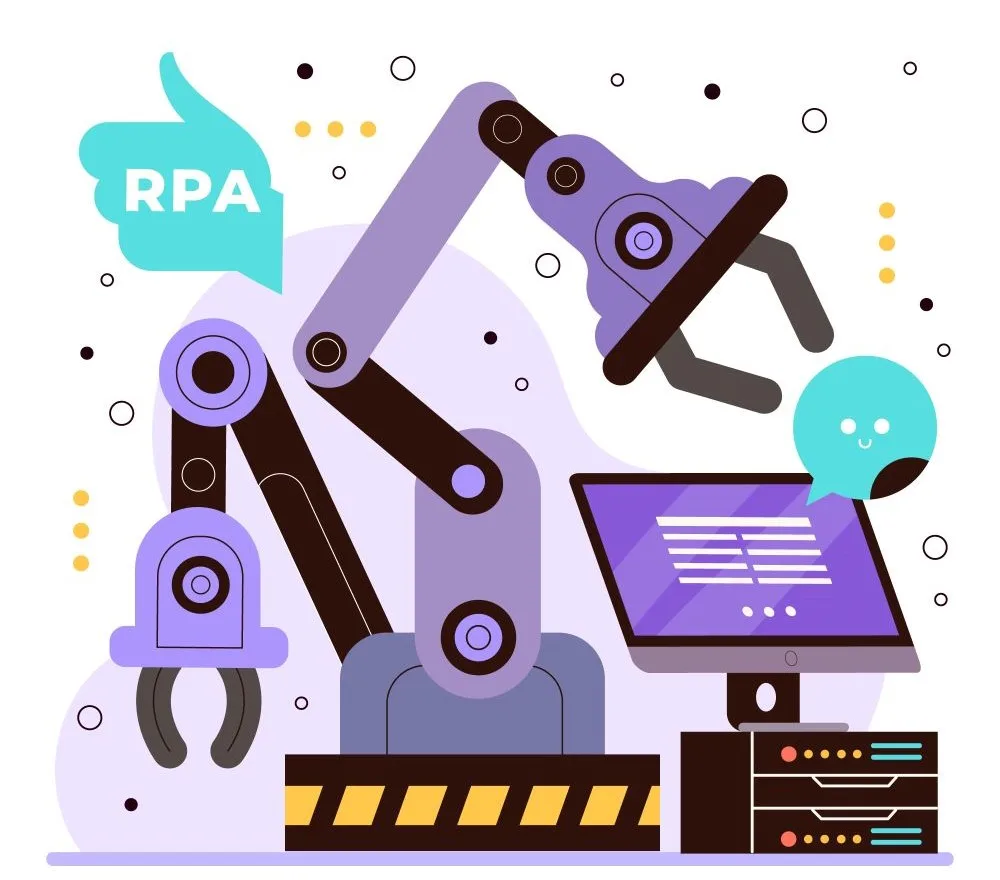
Analyze the effect on the desired structure
Every organization needs a target structure to measure the impact of robotic process automation. It may include the following:
- Analyze existing information systems for dependencies
- Outline the roles, responsibilities, and authority
- Make your processes RPA-ready by redesigning them
- Develop a competency model based on compatible expertise
Plan deployment
Act upon incorporating a solution or programming. Execute the essential change management activities. Also, plan about how to deal with potential risks and execute risk mitigation.
As per a recent survey, RPA will be deployed across 84% of Indian companies by 2025.
Benefits of robotic process automation
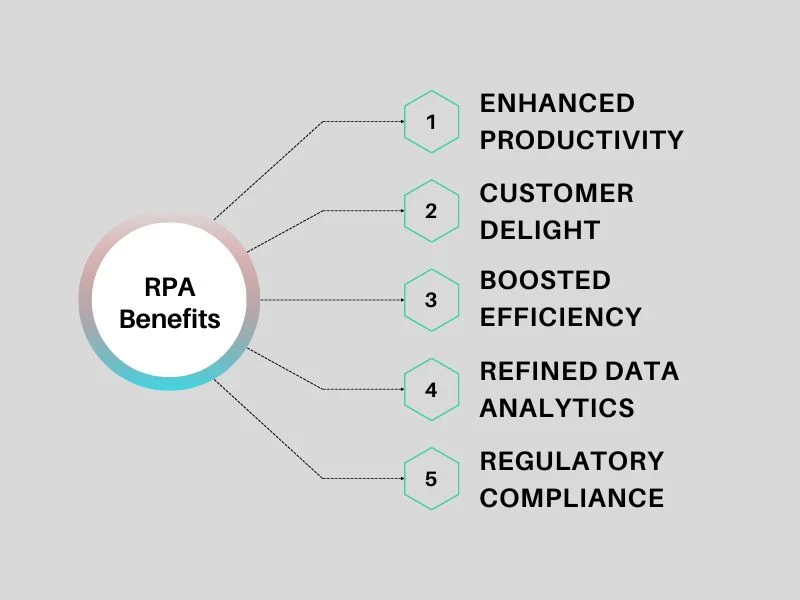
Enhanced productivity
As employees don’t have to do tedious tasks every day, their paradigm shifts toward more meaningful jobs. They get enough time to personally as well as professionally develop themselves. People become more intelligent, responsible, better decision-makers, and problem-solvers. It will add value to their work and their organizations. The byproduct is enhanced productivity which can help businesses achieve new heights.
It is a famous misconception that robots will risk human employment, and they are viewed as a threat. On the contrary, robots will ultimately develop the human potential that will create unimaginable things.
Read more about Tesla Robot Optimus: is it a pioneer of a new era.
Customer Delight
Customers are likely to become more satisfied with their experience as employees move into customer-facing roles. Thus, operations will be systematic and precise with automation. The better a company’s associations with its clients, the better its customer retention, acquisition, and delight will be.
Boosted efficiency
Efficiency is the accomplishment of certain tasks without taking a pause. A virtual machine does exactly that. It works 24 hours a day without taking a break. It can work 365 days a year constantly. They are efficient at doing so, unlike humans. Bots can perform exceptionally well in a short period and can complete the target before the timeline.
Refined data analytics
Each assignment performed by robots accumulates the data for analysis. The result is better-automated decision-making. The efficient combination, comparison, and contrast of data facilitates decision-making at all levels. Companies can understand the process gaps by tracking each phase to further enhance efficiency.
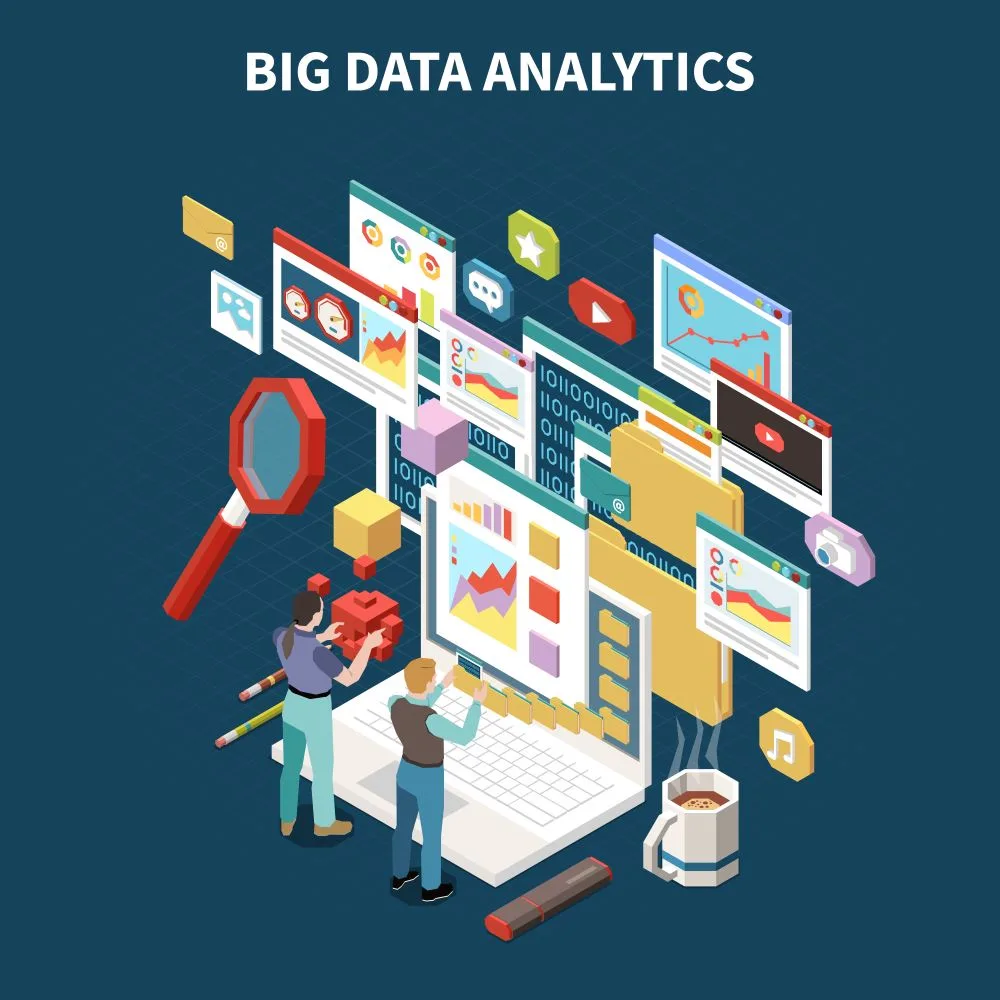
Regulatory compliance
An automated system tracks and documents each step in an IT process or business process. By doing so, a company will be able to comply with audit and industry regulations more easily. For industries with strict compliance guidelines, such as healthcare, banking, and insurance, RPA is a lifesaver. An RPA-enabled scenario can provide detailed insight and document compliance.
The versatility and usability of robotic process automation across different industries make it a powerful trend. The task must be characterizable, replicable, and rules-based to be suitable for robotic process automation. It is a vital component to sustain business performance. Following these prerequisites, companies can use the software’s flexibility to automate jobs innovatively. It may be necessary to close and open accounts, prepare proposals, handle billing and customer service processes, or test and monitor IT systems.
Refer to our article, 15 most valuable terms to understand ISO 9001:2015 to know about ISO compliance.
Three fundamental factors to RPA success
Understand
This digital age keeps upgrading so does robotic process automation. This poses a real challenge for industries and businesses. A good level of understanding is essential to know how it works, the modifications, the issues, the challenges, the suitable atmosphere, etc. Various documents are available that can guide you through this journey. But you need to keep up with the research, read articles, and news, watch videos and get well acquainted. Get support from a third-party consultant who can advise you during each step of the RPA. Third-party experts or platform professionals can also identify unforeseen hazards, risks, or errors that might otherwise go undetected.
Establish
Establish the required framework and give it a try. It is crucial to get insights on a trial basis before undergoing a complete implementation. Hire staff and human resources for the establishment and control.
Function
This is the roll-out phase. Keep upgrading with the latest technologies for the maximum advantage of your company. It involves transition, value realization, service improvement, performance indicators, and operating models. Using robotic process automation, you can get knowledge at all levels, from the basic to the advanced.
If you want to learn more about any other RPA topic, please write to us in the comment section.
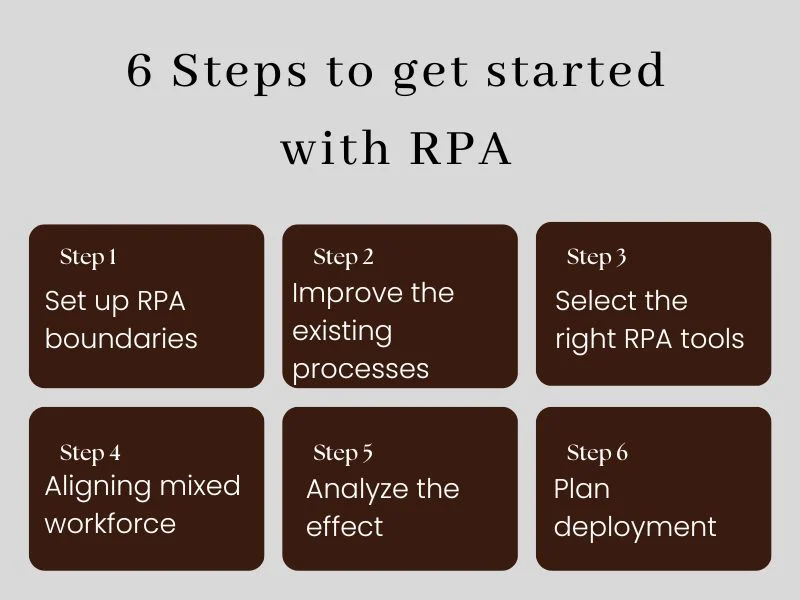



[…] RPA is the latest trend dedicated to automating digital tasks. It is a software technology that creates, places, and controls software robots that emulate human actions digitally. It is simple to show them the desired action, and they will do the work. RPA can be the digital workforce and can carry out numerous online duties. Therefore, they have the potential to replace humans significantly as they are reliable, fast, and can deliver accurate results. The key advantages of RPA are as follows: […]
[…] to our article on how to get started with Robotic Process Automation in 6 easy steps if you want to learn about […]